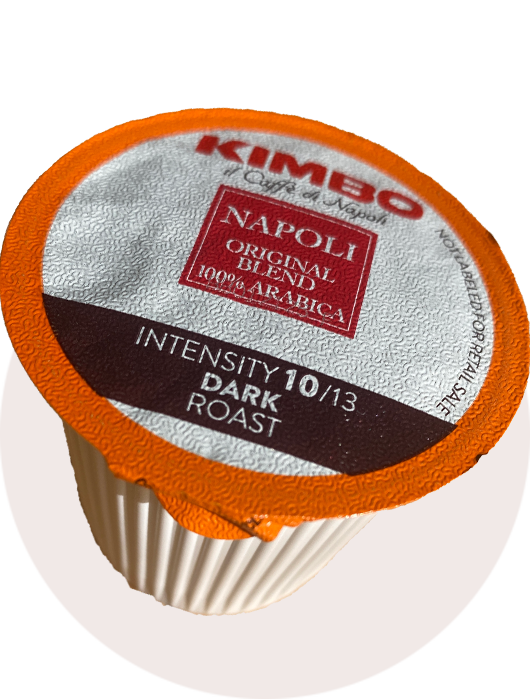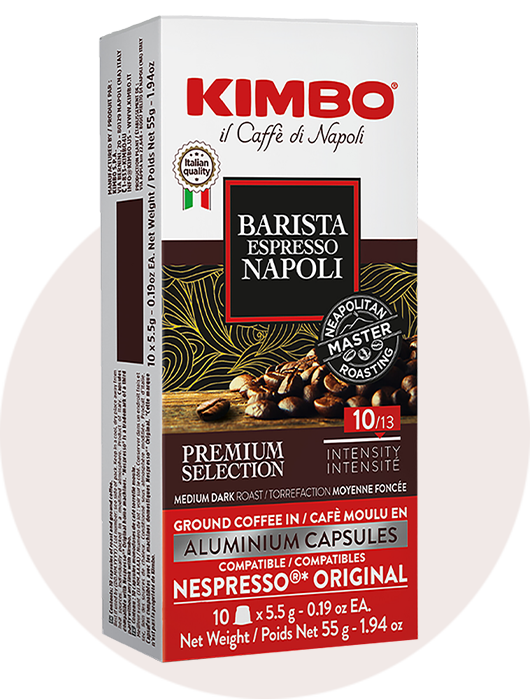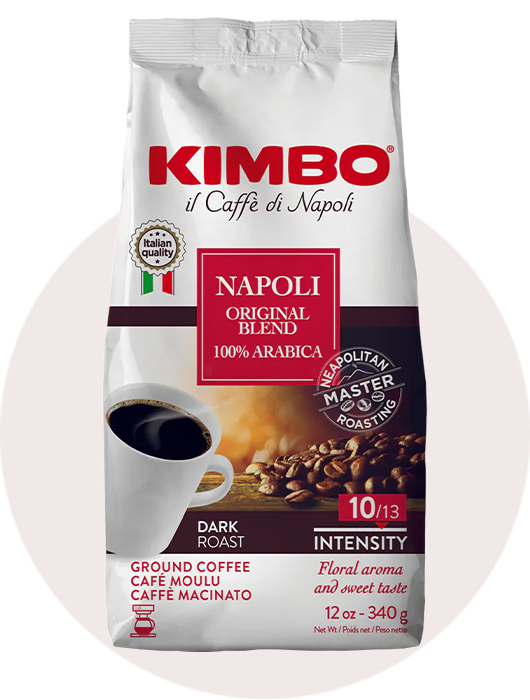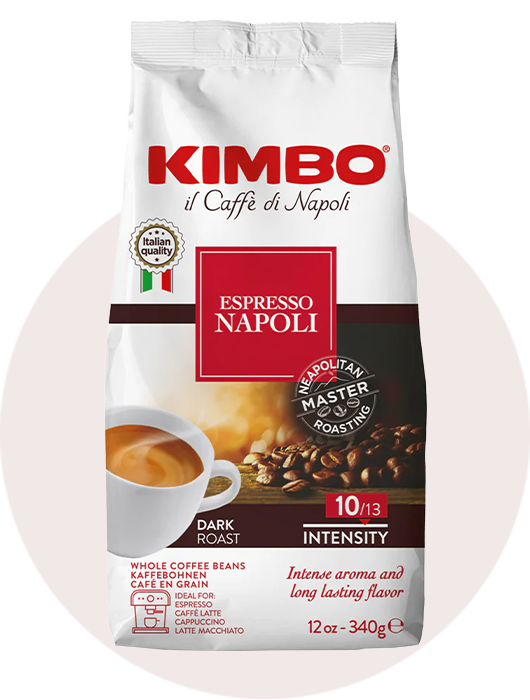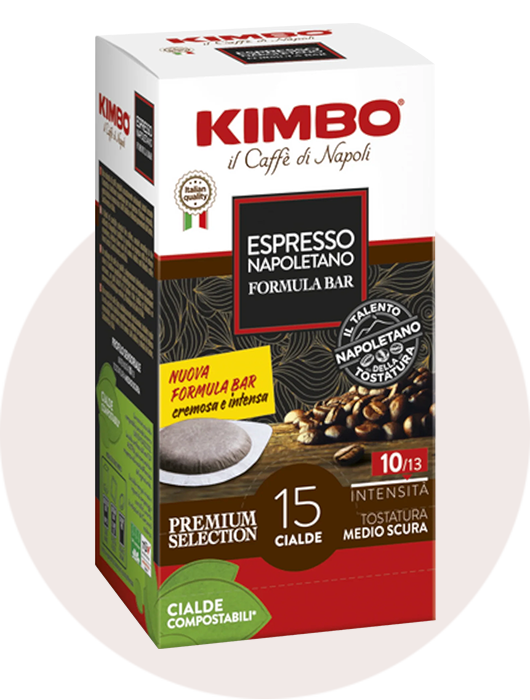Life happens. One day you’re ready to brew your favorite coffee, only to realize you’ve got whole beans and no grinder. Don’t panic—you’ve got options. Grinding coffee beans without a grinder may sound like an uphill battle, but with a few household tools and a little determination, you’ll be sipping a fresh cup in no time.
Why Grind Coffee Beans Manually?
Grinding your own beans unlocks flavors that pre-ground coffee just can’t deliver. The moment coffee beans are ground, they start losing their aroma and essential oils due to oxidation. Manual grinding keeps things fresher, offers a great workout for your arm, and gives you complete control over the grind size—whether you’re aiming for a French press brew or an espresso shot.
Tools You Can Use for Grinding Coffee Without a Grinder
Let’s talk tools. You don’t need fancy gadgets to grind coffee. Most kitchens already have what you need. Each tool works best for specific grind sizes, so pick your weapon wisely.
1. Mortar and Pestle
This ancient tool isn’t just for spices. With some effort, it can produce everything from coarse to super-fine espresso grind coffee.
- How to Use: Add a small amount of beans, about ¼ of the mortar’s capacity. Crush the beans using a hammer-like motion, then grind them in a circular motion until you reach the desired consistency.
- Ideal For: Espresso beans grind, Turkish coffee, or drip coffee.

2. Rolling Pin
Got a rolling pin? Perfect. This tool is great for coarse or medium grind coffee beans.
- How to Use: Place the beans in a sealed plastic bag and remove air to prevent explosions. Start smashing the beans like you’re crushing cookies for a pie crust, then roll firmly over them until you achieve your preferred grind size.
- Best For: French press coffee or drip coffee.

3. Hammer or Meat Tenderizer
Feeling a little primal? A hammer is perfect for coarse grinds. Just avoid pounding like Thor to keep the beans under control.
- How to Use: Place the beans in a sturdy bag or between two sheets of parchment paper. Press down firmly with the hammer, moving around the surface for even results.
- Best For: Coarse grinds for cold brew or French press.

4. Chef’s Knife
A knife isn’t just for chopping vegetables. With a bit of patience, you can crush and grind coffee beans.
- How to Use: Spread beans on a cutting board. Place the flat side of the blade over the beans and press down to crack them. Chop repeatedly to refine the grind.
- Best For: Medium grind coffee for drip or pour-over.

5. Blender or Food Processor
If you’re wondering, “Can you grind coffee beans in a blender?” the answer is yes—but it’s not perfect. Both tools mimic blade grinders but tend to produce inconsistent results.
- Blender:
- How to Use: Pulse in short bursts, tilting the blender to move larger pieces toward the blades. Don’t let it run continuously—blenders can heat the beans, affecting flavor.
- Best For: Medium grinds.
- Food Processor:
- How to Use: Add a slightly larger batch of beans than you would in a blender. Pulse in bursts and scrape the sides periodically for even grinding.
- Best For: Coarse to medium grinds.
How to Achieve the Right Grind Size for Your Brew
The grind size dictates the extraction rate, which affects the flavor. Different brewing methods require specific grind sizes:
|
Brew Method |
Grind Size |
Consistency |
|
French Press |
Coarse |
Like breadcrumbs |
|
Cold Brew |
Coarse |
Chunky, even pieces |
|
Drip Coffee Maker |
Medium |
Granulated sugar texture |
|
Espresso Machines |
Fine |
Table salt texture |
|
Turkish Coffee |
Super Fine |
Powdered sugar texture |
If you’re manually grinding coffee beans for espresso, use a mortar and pestle or a rolling pin with extra effort to achieve a fine grind.
Step-by-Step Guide for Each Method
Grinding Coffee with a Mortar and Pestle
- Fill the mortar ¼ full with beans to prevent overflow.
- Use the pestle to crush the beans with a hammering motion.
- Grind in a circular motion to refine the grounds.
- Repeat in small batches for consistent results.

Using a Rolling Pin
- Place beans in a sealed bag. Remove air to avoid bursting.
- Smash with the rolling pin to crack the beans.
- Roll firmly over the cracked beans until the desired grind size is achieved.

Grinding with a Hammer
- Place beans in a sturdy bag or between parchment sheets.
- Press down firmly with the hammer, avoiding aggressive pounding.
- Rotate the bag frequently to ensure uniform grinding.

Tips for Better Grinding Results
- Work in Small Batches: Overloading tools leads to uneven grounds.
- Stay Consistent: Shake or reposition beans often to grind them evenly.
- Avoid Overheating: Short bursts in a blender or food processor help prevent heat buildup.
Storing Manually Ground Coffee
Ground coffee quickly loses freshness. If you’ve ground more than needed:
- Store in an airtight container or freezer bag.
- Avoid moisture and sunlight.
- Use within a week for the best flavor.
Brewing Coffee Without Perfect Grounds
Not every grind will be perfect, especially when done manually. That’s okay. Some brewing methods are more forgiving:
- French Press: Coarser grounds work well. Steep longer for a bolder flavor.
- Cold Brew: Coarse grounds steeped overnight produce smooth coffee.
- Emergency Brew: Use a glass jar to steep grounds and strain through a fine mesh.
Conclusion
Grinding coffee without a grinder isn’t just a workaround—it’s a skill worth having. Whether you’re using a mortar and pestle or smashing beans with a rolling pin, these methods let you enjoy the fresh aroma and taste of ground coffee anywhere. Grab your tool of choice and start grinding—because that perfect cup of coffee isn’t going to brew itself.
